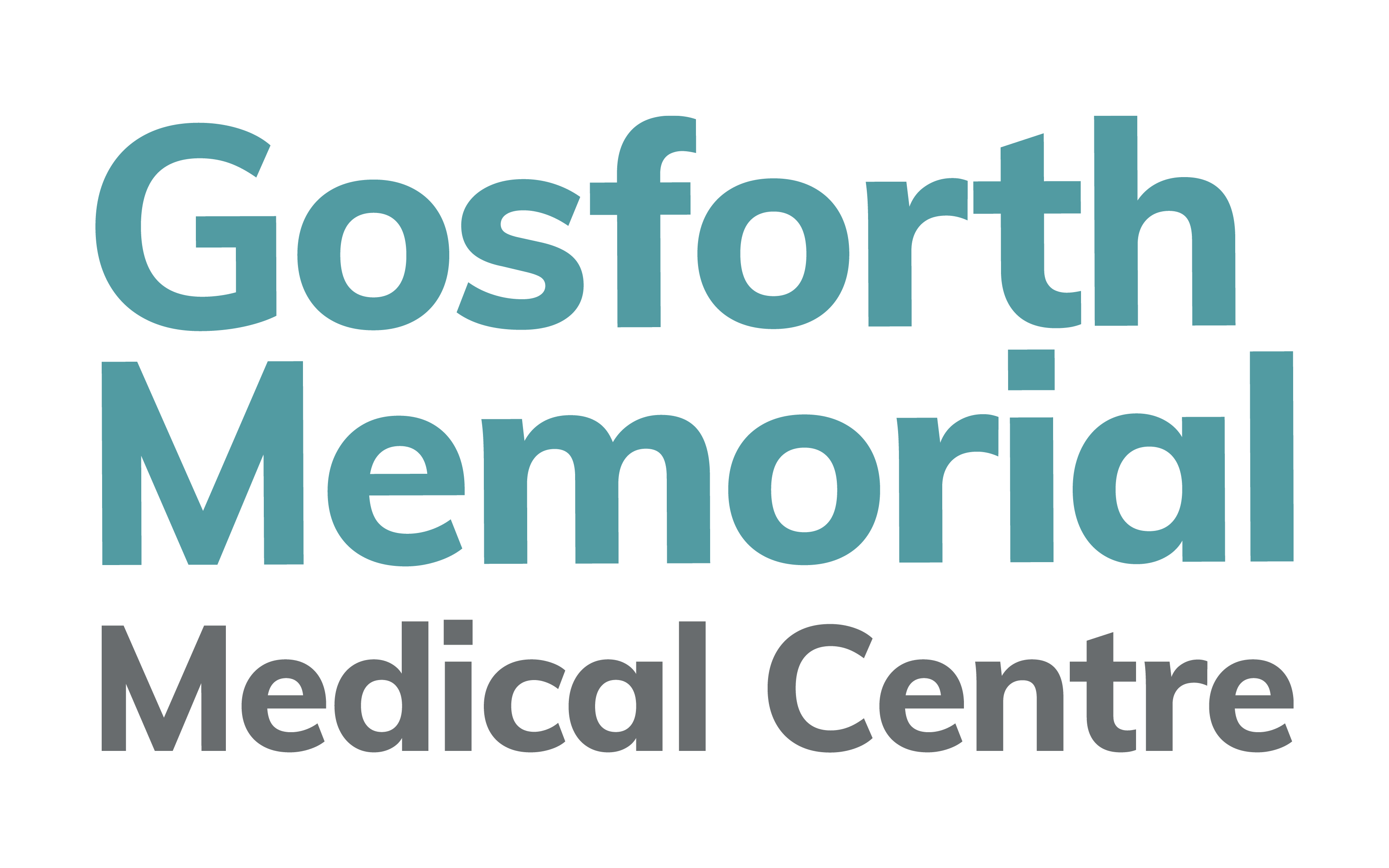Managing Long Term Conditions: Stability and Quality of Life for all
More and more of us are living with long term conditions like diabetes, heart disease or arthritis.
It has long been an NHS priority to keep people as healthy and stable as possible, to reduce health crises or hospital admissions.
In this article, we talk generally about long term conditions – also called chronic diseases – and how we’re working to keep people as healthy as possible.
Defining Long Term Conditions
We mean a condition, disease or illness that doesn’t have a cure. With long term conditions, the priority is to control the illness so that people can live and age well.
This is typically done with medication, support, or other therapies. Here are some of the most common types of long terms conditions:
- Cardiovascular – diseases affecting the heart like angina or hypertension (high blood pressure)
- Respiratory – to do with lungs and breathing, such as asthma or COPD (chronic obstructive pulmonary disorder)
- Diabetes
- Chronic pain like arthritis
- Cancer
- Mental health conditions like depression, anxiety, or bipolar disorder
- Neurological conditions such as MS (Multiple sclerosis)
- Long Covid
Why is it an NHS priority?
Long term conditions mean people will continue to need some medical intervention throughout their lives. And, of course, when more people need more regular care, it increases demand on the NHS.


We have a growing and ageing population. There are more of us, and we are living longer. And more of us have long term conditions.
Across the UK, more than 26 million people have a chronic disease, with 10 million living with more than one condition. Over half of everyone over 60 – 58% – have a long term condition.
It is better for patients and the NHS to proactively keep people well rather than treating them when their health worsens.
Management and Reviews
You’ll be invited for a yearly review if you have a chronic disease.
Reviews are a chance for clinical teams to check in on your overall health and see how well your medication or other treatments control your condition.
It’s also a chance to look for ways to improve things. Changes in medication or dose might help, or there may be new therapy or support options to explore.
Regular reviews mean small, subtle changes get picked up more quickly, and the impact of changes can be seen.
GP practices contact patients when their reviews are due.
For patients with more than one condition, you’ll generally be invited to a single, longer review to look at your overall health rather than one disease at a time. This is sometimes called Year of Care, with appointments in the month of your birthday.
Tackling Inequalities
We’ve mentioned that age is a factor, with 58% of over 60s having at least one long term condition, compared with 14% of under 40s.
Other factors that can make you more likely to develop a chronic disease include gender, ethnicity, and deprivation.
On top of that, if people can’t get to their reviews through lack of mobility, worsening health, or other reasons, it can lead to a downward spiral in their wellbeing.
Across our PCN, tackling these sorts of health inequalities is a priority.
Like our Home Visits team, who help housebound people with acute illnesses, we have introduced at-home health reviews. It’s part of making sure everyone has the same access to the care they need.
Sophie is a Nurse Associate working with the 4 GP practices in North Gosforth. She visits housebound patients to do their chronic disease reviews and ensure they get the best treatment, support, and care possible. We will be launching a similar service for the 3 Jesmond Lower Gosforth Practices soon.
Here’s what a typical day looks like for Sophie, how she works with patients and why her role is vital in tackling health inequalities.
Whole Person Focus
As Sophie said, a big part of her work is boosting people’s overall wellbeing.
This feeds into our Network-wide approach of focusing on the whole person, not just a specific condition or illness.
Our whole network team work closely with each other and regularly share ideas and approaches. When one team see an opportunity for another team to help a patient, they’ll make a referral.
Whether it is acute care from our Home Visits team, medication expertise from our Clinical Pharmacists or support packages and connections to community groups through our Social Prescribers, the team works together to bring a new level of expert services to help proactively manage patients’ health.






